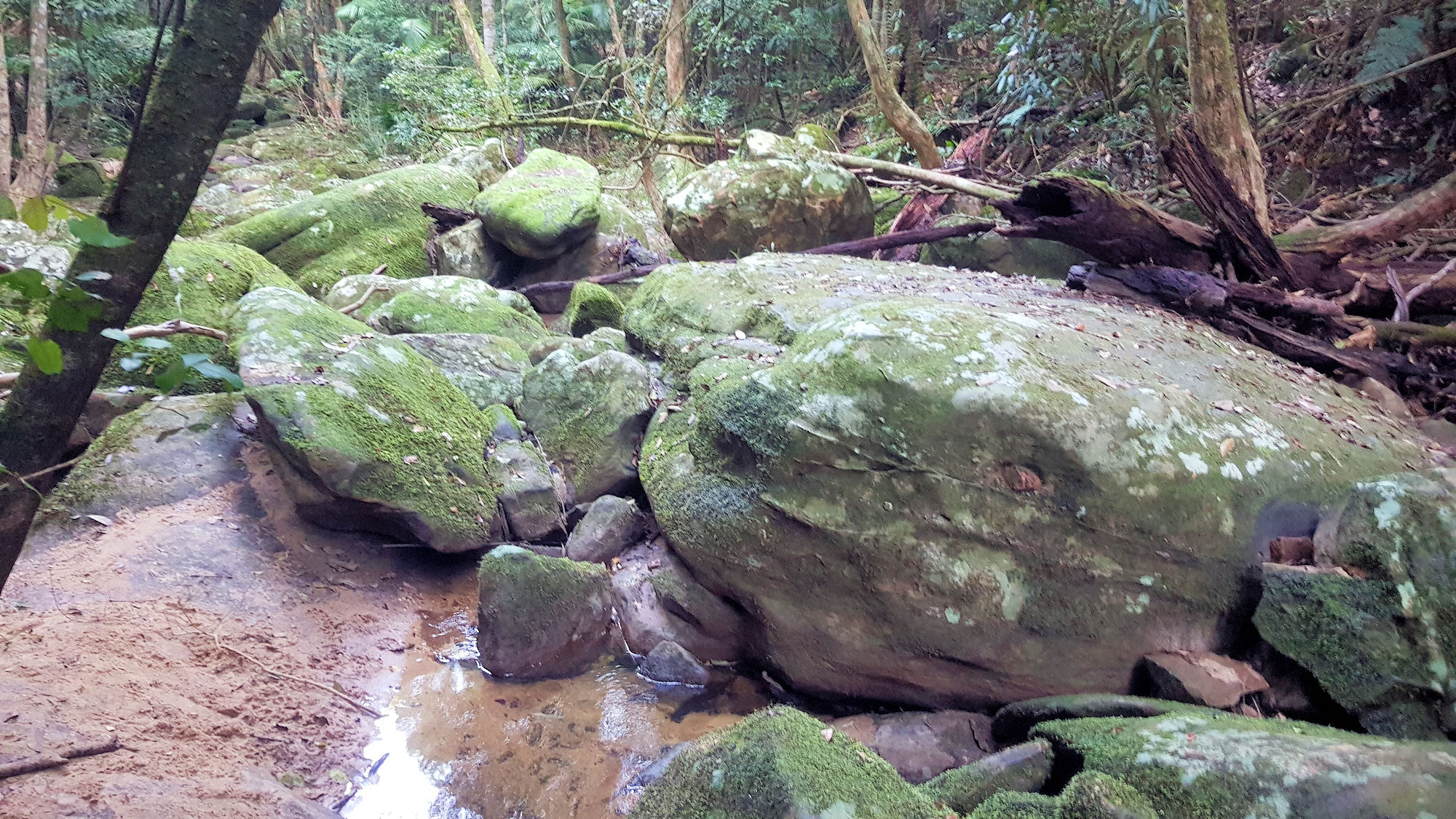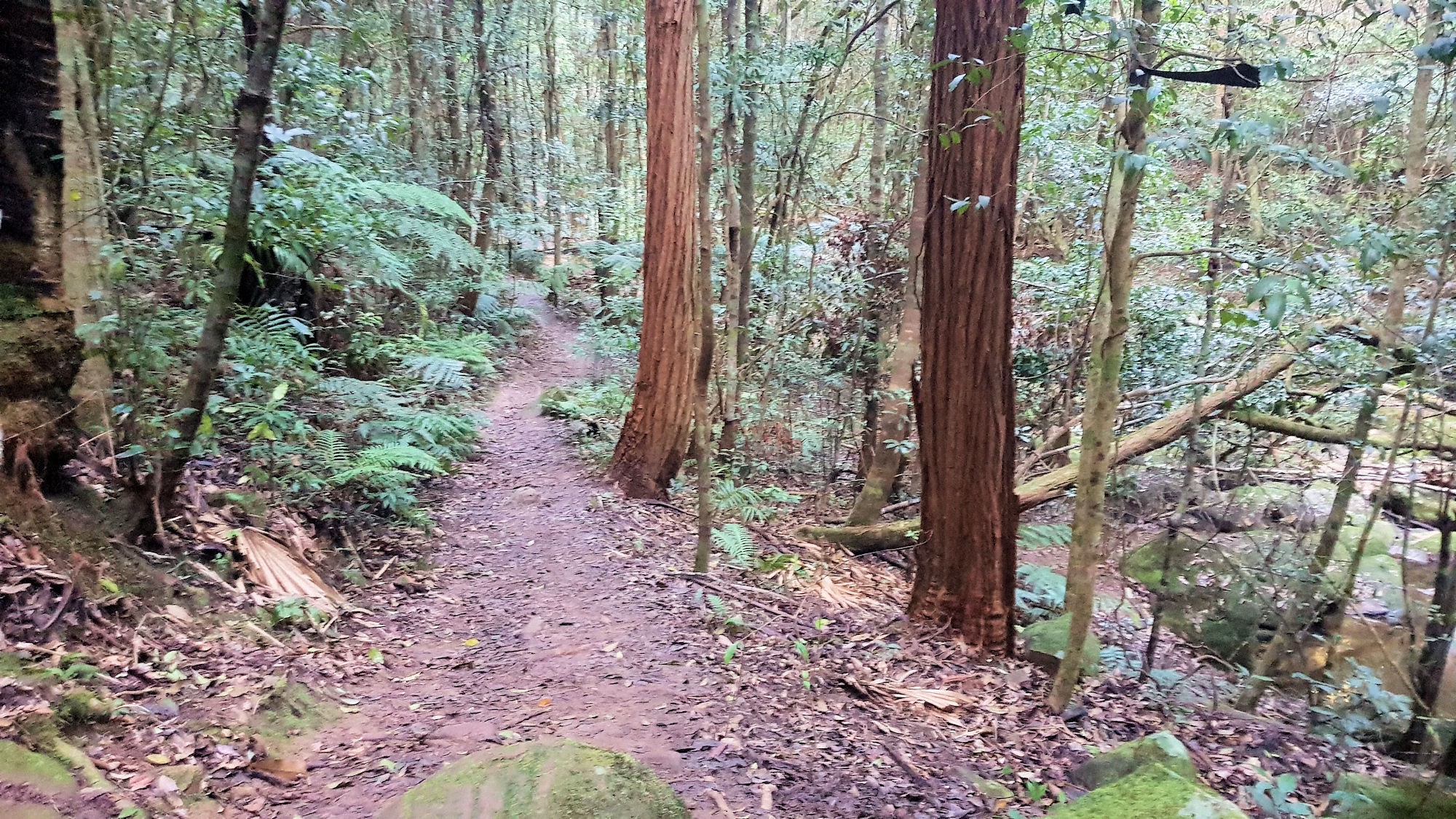Category: Bushwalking
-
Stoney Creek Track Strickland State Forest

Stoney Creek Track Strickland State Forest Getting There Located in the Strickland State Forest, Stoney Creek Track is a great walk winding its way along Stoney Creek from the upper Banksia picnic area to the lower carpark. Banksia Picnic Area The track starts near the entrance to the Banksia Picnic Area, where a large car… Read more
-
Ridge to Rainforest Track Strickland State Forest

Ridge to Rainforest Track Strickland State Forest Getting There Located in the Strickland State Forest, the Ridge to Rainforest Track is a great walk winding its way through the dry forest along the ridge into the gully rainforest along the creek. Mossy rocks, statuesque trees and a planted grove of Hoop Pine are featured along… Read more
-
Burrawang Walk Kamay Bay

Burrawang Walk Kamay Bay Kamay Visitor Centre Before setting out on the Burrawang Walk, drop into the Visitor Centre. Not only are the toilets located here, but it is full of useful information for your visit. The staff were very friendly and helpful, which made the day start on a positive note. Burrawang Walk Kamay… Read more